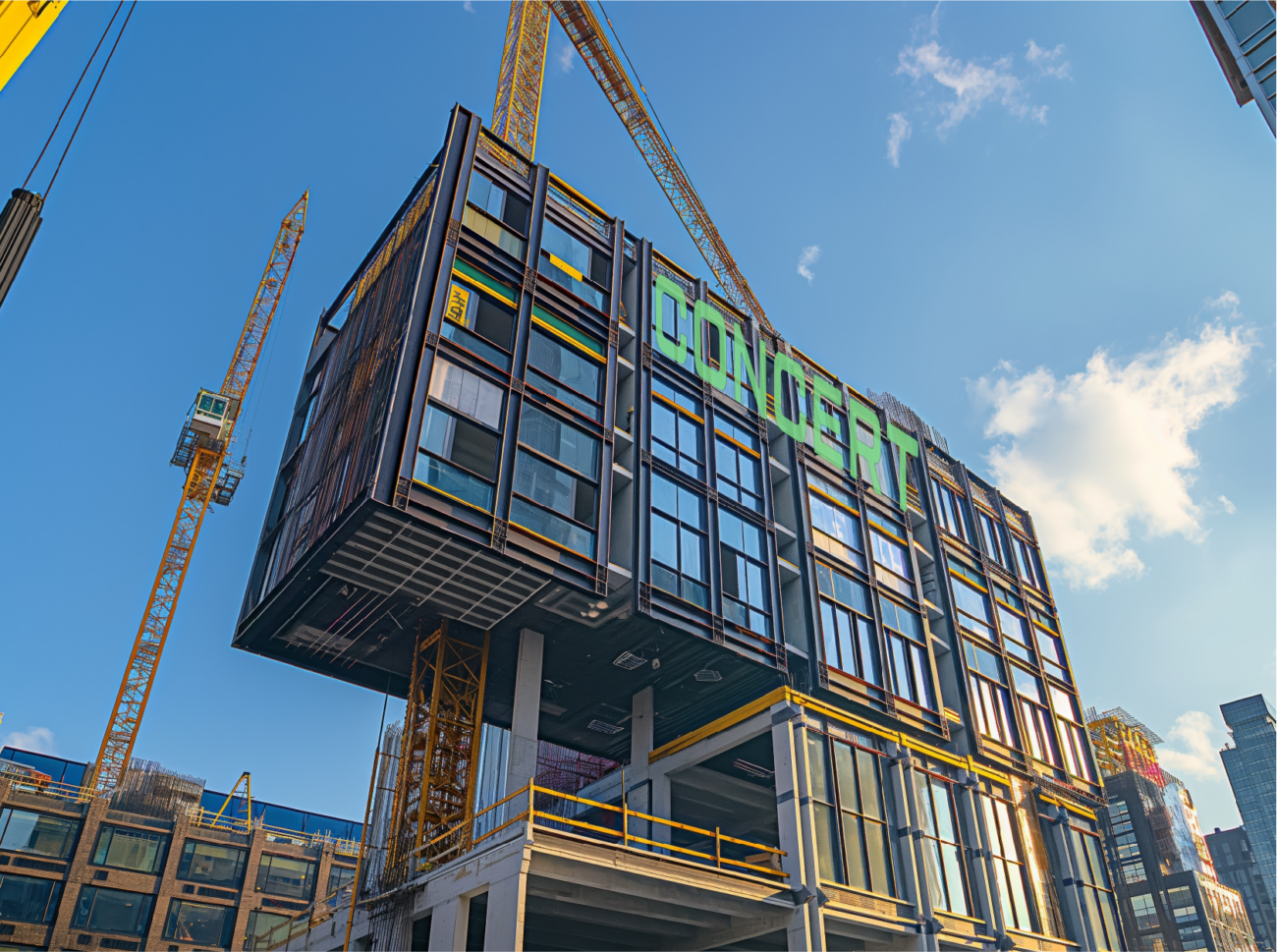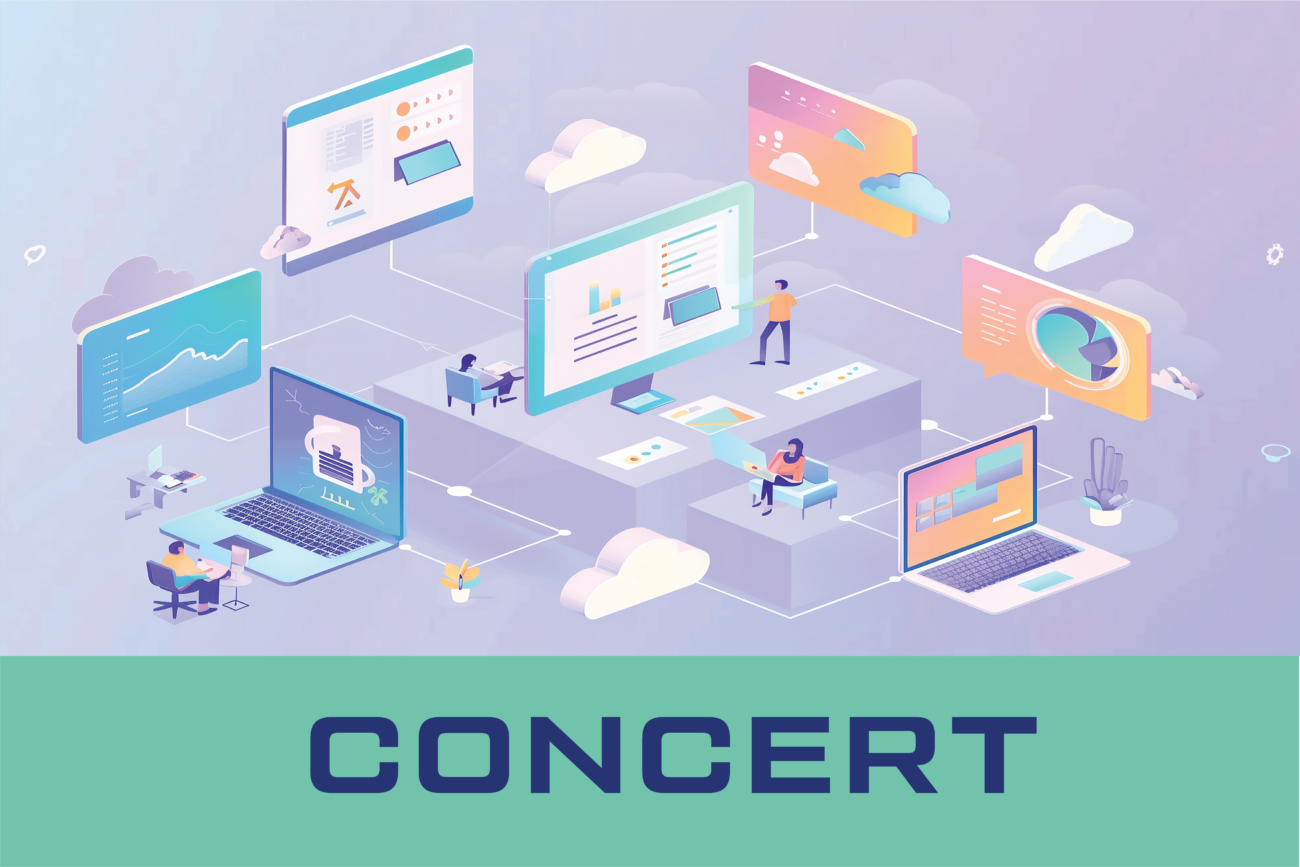An AEC Data Engine to Drive New Value
Welcome to the fourth industrial revolution. In case you blinked and missed it, the third industrial revolution has already come and gone. Beginning in the late 20th century it introduced such things as information technology, the internet, and automations such as robotics and do-it-yourself tax software. The fourth revolution builds directly upon the third and centers about creating linkages between the physical, digital, and biological worlds. For Architects the technologies behind the fourth industrial revolution bring forth opportunities to stage new agencies, new service models, and new value propositions to their clients and communities.
In the world of Architects any technology that has value is ultimately about the data that can be derived from that technology. In the design process there are three data ecosystems that perform much like an engine.
First there is the “fuel” data that documents real world conditions and brings insights on the community in and around the proposed building site. This data comes from an array of “reality capture” technologies such as Geographic Information Systems (GIS), LiDAR point cloud scans, mapping data from NASA SRTM missions, government census data, and even community information in the form of internet surveys tied to business intelligence platforms such as PowerBI or Tableau.
Next is the “combustion” phase in which all of the captured data and data insights are synthesized into a design that is documented within a building information model (BIM). A BIM is exceptionally valuable because it is effectively a 3D database capable of indexing and storing nearly unlimited information about all the building components including such things as size, shape, quantity, and materiality. Furthermore, the BIM can contain myriad metadata for any given building component such as manufacturer, install date, warranty, maintenance schedule, and so on.
Finally, there is the “power” phase in which the BIM data is validated, activated, fabricated, and constructed in the “real world.” In this phase the virtual and the real have the opportunity to be linked in a long term relationship. The power of the BIM is employed past the construction phase and is leveraged into the operational phase of the building. Imagine a traditional project close out and project handover transforming into the “launch” of the operational relationship with a building for the Architect.
The technologies that drive this “power” phase of the data ecosystem are largely emerging technologies that still have a lot of room for exploration and innovation. With the power of the BIM database more routine functions such as asset management (e.g. furnishings) and maintenance can be quantified and tracked periodically. At a more advanced level Internet of Things (IoT) sensors will be employed to provide real-time data on not only the functional performance of the building but also the experience of its inhabitants. Additionally functional data can be overlaid upon the built environment in real-time through Augmented Reality (AR). As an example, a grocer will be able to look at their shelves and see the revenue data per shelf or the temperature of the freezer case and the days left in its manufacturer’s warranty.
Essential to all of these engine phases is the exchange of authentic and trusted data between project stakeholders and the software platforms they rely on to create and process data. The Concert data exchange exists to take the risk out sharing data and provides the data transparency, accessibility, and security necessary to drive a successful data platformed project.
In summary, Architects are in a prime position to take advantage of the fourth industrial revolution. They have the tools and the opportunity to and drive the vital linkages between the built and virtual worlds.





